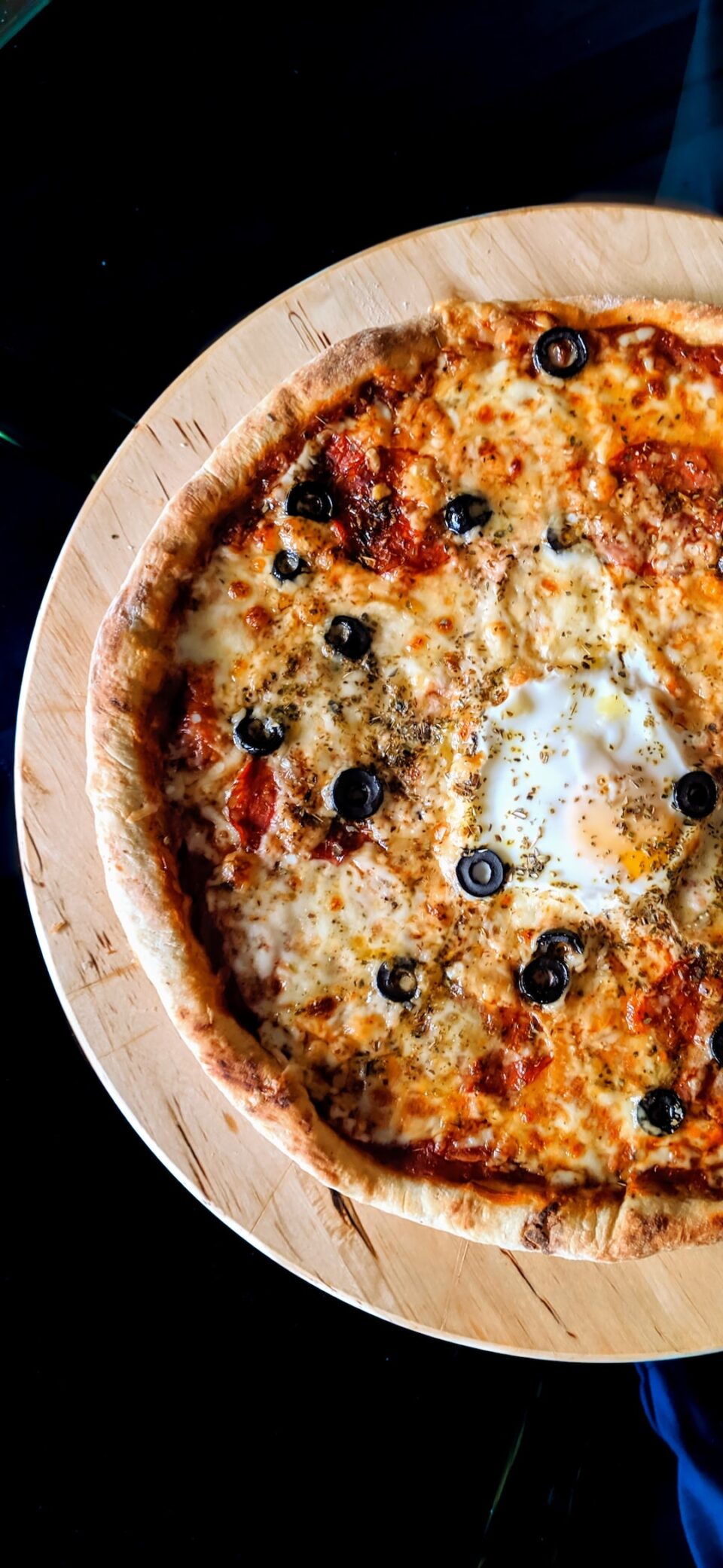The Art of Wine Pairing: Tips and Tricks for Finding the Perfect Match
As the saying goes, “wine is like a good friend, it makes the good times better and the bad times bearable.” Wine has been a staple in human culture for centuries, and one of the greatest joys of indulging in this divine elixir is finding the perfect pairing. Whether you are a wine connoisseur or a casual enthusiast, mastering the art of wine pairing can enhance your gastronomic experience. Here are some tips and tricks to help you find the perfect match:
1. Understand the Basics: The first step towards successful wine pairing is understanding the basic flavor profiles. Wines can be categorized into light-bodied or full-bodied, sweet or dry, and acidic or low in acidity. These characteristics play a significant role in determining the compatibility with different foods.
2. Match Intensity: One of the fundamental principles of wine pairing is matching the intensity of flavors. Light-bodied wines, such as Sauvignon Blanc or Pinot Noir, work well with delicate dishes like seafood or salads. On the other hand, full-bodied wines like Cabernet Sauvignon or Syrah complement richer and bolder dishes like grilled steak or aged cheese.
3. Balance Sweetness: When it comes to sweet wines, it is essential to balance the sweetness levels with the dish. Sweet wines like Sauternes or Riesling can be paired with spicy cuisines or desserts to create a harmonious union. The sweetness in the wine helps to counterbalance the heat or intensity of the dish.
4. Consider Acidity: Acidic wines like Sauvignon Blanc or Chianti can cut through rich and fatty flavors, making them an excellent choice for creamy dishes or dishes with heavy sauces. The acidity in the wine refreshes the palate, ensuring a well-rounded dining experience.
5. Regional Pairings: Another approach to wine pairing is considering the regional cuisine from where the wine originates. Wines and dishes from the same region often share a cultural synergy, making them a natural pairing. For example, a Chianti wine from Tuscany complements traditional Italian dishes like tomato-based pasta or roasted meats.
6. Experiment and Trust Your Palate: While the aforementioned guidelines serve as a solid foundation, wine pairing is ultimately a personal and subjective experience. Don’t be afraid to experiment and trust your taste buds. There are no hard and fast rules – if a particular wine and dish combination appeals to your palate, then it is a perfect match for you.
7. Seek Expert Advice: If you are new to wine pairing or want to explore new horizons, seeking advice from knowledgeable sommeliers or experienced wine enthusiasts can be invaluable. They can provide insights, recommendations, and guide you through the vast world of wines.
In conclusion, the art of wine pairing is both a science and an art form. By understanding the basic principles, experimenting with different combinations, and trusting your palate, you can enhance your wine and dining experiences. So, the next time you sit down for a meal, take a moment to select the perfect bottle to accompany it. Cheers to the art of wine pairing!

